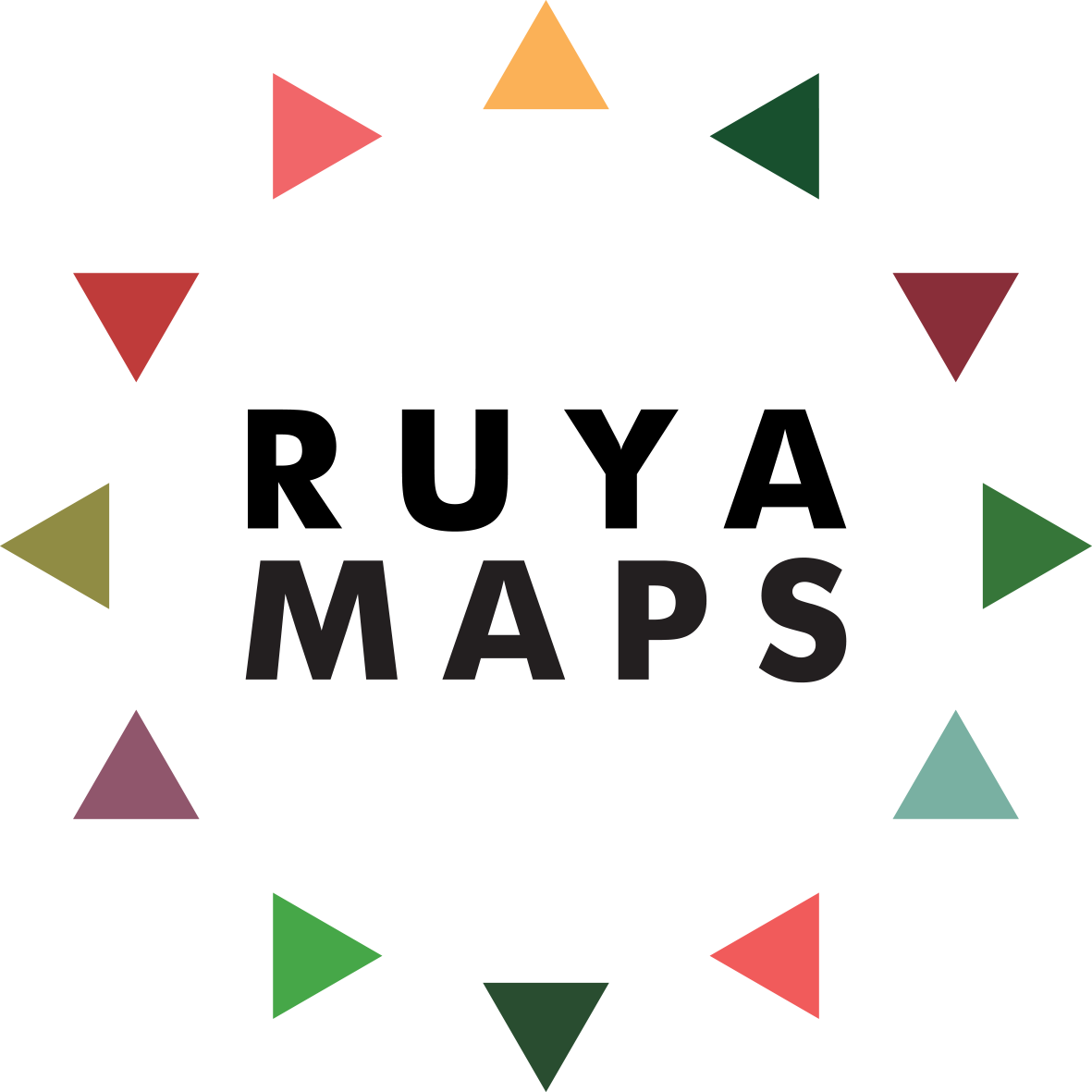Artist Profile: Maryam Hoseini
The Iranian-born artist Maryam Hoseini produces work that shows “incompleteness as a condition of being.” The sense of being incomplete, ‘half’ a person, is a common trope when discussing experiences of heartbreak. It is a trope which Hoseini plays with through the fragmented figures that people her paintings. Incompleteness also runs through the narrative of Hoseini’s source for her new commission by RUYA MAPS - the love story of Majnun and Layla.
Like the western canon’s Dido and Aeneas, Layla and Majnun is an epic love story with a long cultural history. Qays and Layla fall in love as children, but when Layla’s father prevents them from marrying Qays’ love grows into an obsession that gives him the epithet ‘Majnun’ - mad for Layla. Separated, Layla marries another whilst Majnun wanders the desert composing poetry for her. Like Dido, Layla dies from her grief and, in contrast to The Aeneid, on learning of her death Majnun also dies of heartbreak.
Growing up in Tehran, Hoseini was raised with the story of Layla and Majnun - as was most of the Eastern world with one version or another. For Heartbreak, Hoseini has taken a transhistorical approach that re-interprets the story in her acrylic paintings ‘Secrets Between Her and Her Shadow’ (2019). Stripped of the tale’s loaded history, Hoseini’s paintings can place the spotlight firmly on Layla. Female figures are repeated across the six art works; rather than passively ‘shadow’ their replicated forms appear to amplify one another. In this newly imagined environment social interactions are more fluid - a riot of intimacy and pleasure, unchecked by shame. Majnun is tellingly absent.
The serial form allows Hoseini to construct her own narrative, whilst also recalling the paintings’ literary source. Indeed, the compositions are visually inspired by the illustrations accompanying the Khamsa of Nizami, a manuscript of five poems produced in the 1590s, specifically the edition in the collection of The State Hermitage Museum in St Petersburg. The Persian poet Nizami (1140-1209 CE) drew upon oral anecdotes of the story to produce probably the most well known version of Layla and Majnun.
The generic style of these Persian miniatures is discernible in ‘Secrets Between Her and Her Shadow.’ In this tradition the depiction of crowds of figures is central, as is the use of highly pigmented colours. Hoseini’s work similarly features bright, monochromatic shapes that are arranged in a structure comparable to the Khamsa’s own mise-en-page. However, Hoseini intersects these compositions with geometric lines. The lines break up the image, affirming Hoseini’s vision of a fluid society. As she says herself, the series “offers a matrix for thinking that is different than thinking in substantive form - it makes a new social space.”
Maryam Hoseini (b. 1988, Tehran) explores the subtle relationship between bodies, physical space, and the politics of narrative. Her work utilises painting and site-specific installation to investigate the political, social and personal conditions of identity and gender, while examining the concept of ruins, displacement, and fracture. Hoseini earned a BA from Sooreh Art University in Tehran, Iran and dual MFA degrees from the School of the Art Institute of Chicago, Chicago, IL and Bard College, Annondale-on-Hudson, NY. The artist has participated in exhibitions at MoMA PS1, 56Henry, New York, NY; The Arts Club, London; Galerie Isa, Mumbai; the Union League Club of Chicago, Chicago, IL; and The Munich Cultural Center at Pasinger Fabrik, Munich, Germany; among others. In 2017, Hoseini had her first solo exhibition, Of Strangers and Parrots, at Rachel Uffner Gallery, and she co-curated the exhibition Other Hours at 601 Artspace, both New York, NY. Hoseini lives and works in New York, NY.
Maryam Hoseini, Secrets Between Her and Her Shadow 1, (2019), image courtesy of the artist, Green Art Gallery Dubai, and RUYA MAPS
“The sense of being incomplete, ‘half’ a person, is a common trope when discussing experiences of heartbreak. It is a trope which Hoseini plays with through the fragmented figures that people her paintings.”
(L) Layla and Majnun Faint on Meeting, Miniature, gouache, Iran, 1431, Timurid Dyansty, The State Hermitage Museum, St Petersburg. Photograph: The State Hermitage Museum.
(R) Majnun Brought to Layla’s Tent by the Old Woman, Miniature, gouache, Iran, 1431, Timurid Dyansty, The State Hermitage Museum, St Petersburg. Photograph: The State Hermitage Museum.
Maryam Hoseini, Secrets Between Her and Her Shadow 6, (2019), image courtesy of the artist, Green Art Gallery Dubai, and RUYA MAPS



